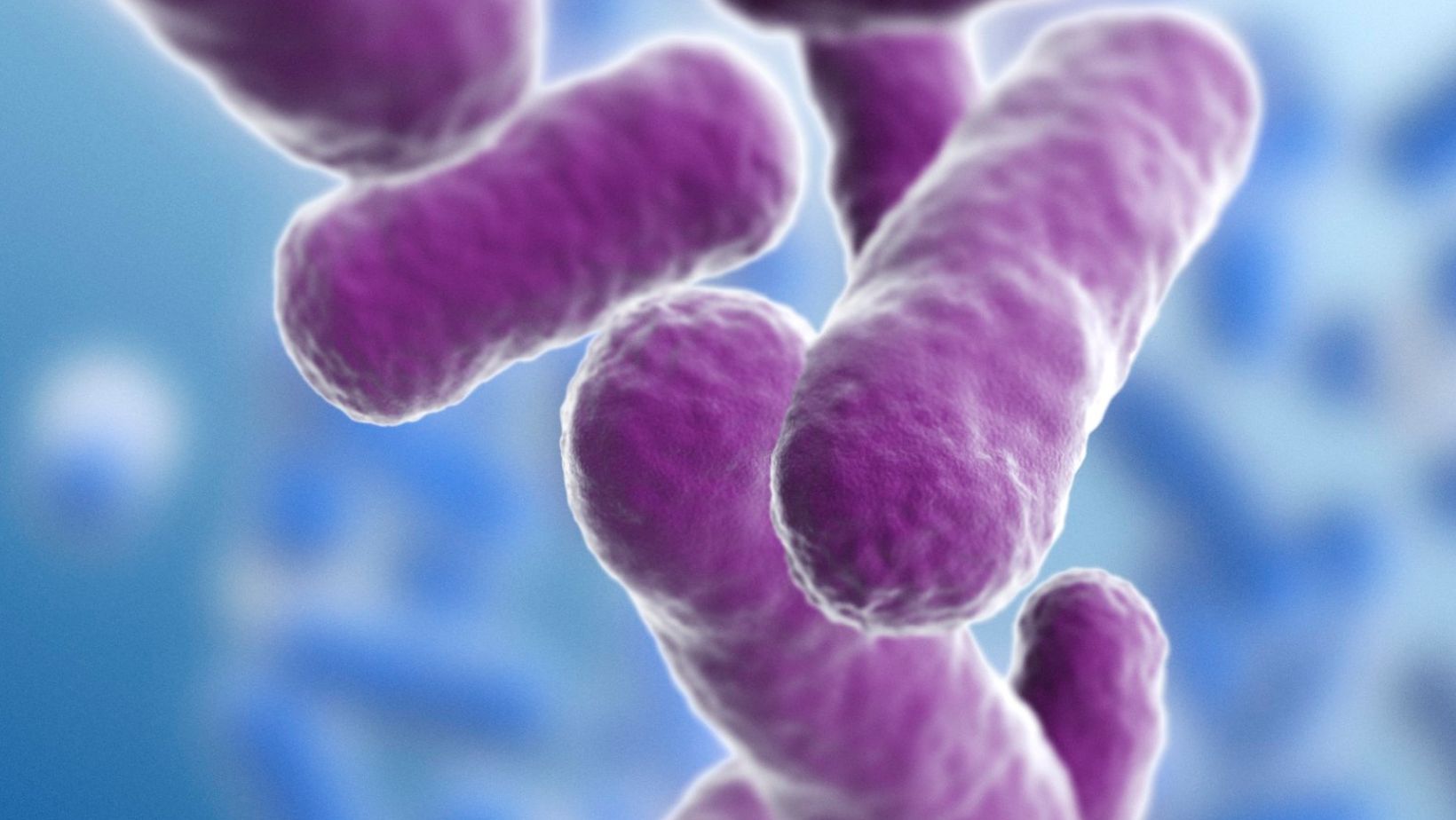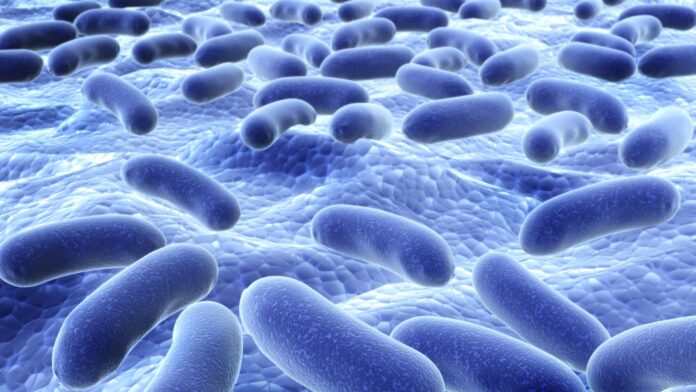Bacterial Spoilage Can be Identified by
Bacterial spoilage can be identified by its distinct odor and appearance. When food products are contaminated with bacteria, they often develop an unpleasant smell and undergo noticeable changes in color and texture. These changes are a result of the metabolic activities of bacteria, which produce compounds that give off strong odors and cause the food to deteriorate. By recognizing these signs of bacterial spoilage, consumers can make informed decisions about the safety and quality of the food they consume.
In addition to the sensory indicators, bacterial spoilage can also be detected through laboratory testing. Microbiologists use various techniques to identify and quantify the presence of bacteria in food samples. These tests can determine the specific type of bacteria responsible for the spoilage and assess the level of contamination. By analyzing the microbial load, food producers can take appropriate measures to prevent further spoilage and ensure the safety of their products.
Preventing bacterial spoilage is crucial in maintaining the quality and safety of food. Proper storage conditions, such as maintaining the correct temperature and humidity levels, can significantly inhibit bacterial growth. Additionally, implementing good hygiene practices during food handling and processing can minimize the risk of contamination. Understanding the signs of bacterial spoilage and taking proactive measures to prevent it can help ensure that the food we consume remains fresh, safe, and enjoyable.
Types of Bacterial Spoilage
Bacterial spoilage can be identified by several signs that indicate the presence of bacteria in food. These signs include:
- Odor: Bacterial spoilage often results in a foul or unpleasant smell. The presence of certain bacteria can produce strong odors, such as the characteristic “rotten” smell associated with spoilage. It’s important to note that not all odor in food indicates bacterial spoilage, as some foods naturally have strong smells.
- Color: Bacterial growth can cause noticeable changes in the color of food. For example, meats that have been spoiled by bacteria may appear discolored, with a gray or greenish tint. Fruits and vegetables may also show signs of discoloration, such as browning or darkening.
- Texture: Bacterial spoilage can also affect the texture of food. Foods that have been spoiled by bacteria may become slimy, mushy, or develop a slimy film. This change in texture is often a result of the breakdown of proteins or carbohydrates by bacteria.
- Taste: In some cases, the taste of food can also be a sign of bacterial spoilage. Spoiled food may have a sour or off-flavor, indicating the presence of harmful bacteria.
- Visual Mold Growth: While mold is not always caused by bacteria, it can be an indication of bacterial spoilage. Mold growth on food can occur when bacteria have already begun to break down the food, making it more susceptible to mold growth.
These signs of bacterial spoilage serve as warning signals that the food may not be safe to consume. It is important to remember that not all spoiled food will exhibit these signs, and some foodborne bacteria may not cause noticeable changes in smell, color, or texture. Laboratory testing is often necessary to accurately detect and quantify the presence of bacteria in food.
By being aware of these signs, consumers and food handlers can take appropriate measures to prevent the consumption of spoiled food and maintain food safety. Proper storage conditions, good hygiene practices, and regular monitoring of food quality can help prevent bacterial spoilage and ensure the freshness and safety of the food we consume.

Indicators of Bacterial Spoilage
When it comes to identifying bacterial spoilage in food, there are several key indicators to look out for. These signs can help you determine if the food has been contaminated and if it is safe to consume. Here are the most common indicators of bacterial spoilage:
1. Odor
One of the first signs of bacterial spoilage is a distinct and unpleasant odor. Bacteria produce compounds that can give off a foul smell, indicating that the food has started to spoil. If you notice any unusual or off-putting smells coming from your food, it’s best to discard it to avoid the risk of foodborne illness.
2. Changes in Color and Texture
Another visual indicator of bacterial spoilage is changes in the color and texture of the food. Bacteria can cause discoloration, turning the food brown, green, or yellow. Additionally, the texture may become slimy or mushy, indicating bacterial growth. If you observe any of these changes, it’s a clear sign that the food is no longer safe to eat.
3. Taste
In some cases, bacterial spoilage can also affect the taste of the food. The presence of certain bacteria can result in a sour or bitter taste, making it unappetizing and potentially harmful to consume. If you notice any unusual flavors or a significant change in taste, it’s best to err on the side of caution and dispose of the food.
4. Mold Growth
While mold growth is not always an indication of bacterial spoilage, it can often go hand in hand. Mold can grow on food when it is exposed to moisture and air, creating an ideal environment for bacteria to thrive. If you spot mold on your food, it’s a sign that the food is contaminated and should be discarded.
Remember, these indicators are not foolproof, and sometimes laboratory testing is necessary to confirm the presence of bacteria. However, being aware of these signs can help you identify potential bacterial spoilage and take the necessary steps to ensure the safety of your food.


